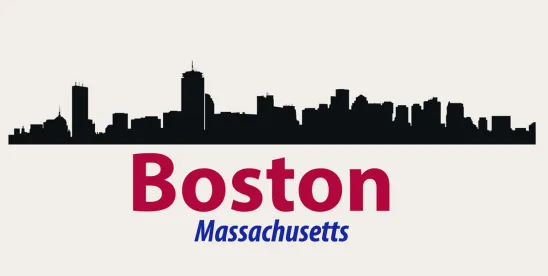Over the weekend The Boston Globe reported on the uniquely unfortunate situation in which the City of Boston finds itself as our oceans rise and coastal storms become more intense. You can always count on me to pass along these reports because we've run out of time to protect ourselves against the changes reported in this article.
Here are the irrefutable facts:
- The level of the sea in Boston (and the Cape and Islands and the rest of our coastline) has been rising for decades but the pace of that sea level rise is accelerating. By 2050, the sea level on our coast is likely to be a foot higher than it was in 2000.
- That sea level rise could be catastrophic. As just one example, as soon as 2030, the MBTA Blue, Red and Orange lines will be completely inundated by the storms that are coming.
- We all know that major infrastructure projects take longer to design, permit and construct than the time between now and 2030 even if money were no object, so, even if we committed ourselves to the cause today, some serious damage and disruption is inevitable.
- Our laws still make it far too difficult to protect ourselves against the rising tides. In particular, Massachusetts' regulations, based on the now quaint mid-20th century notion that it is best to just let nature take its course, flat out prohibit pretty much everything we might do to effectively protect ourselves against sea level rise and storm surge in the places where that protection is most needed.
- The science of coastal resilience has advanced by leaps and bounds over the past several years. Scientists know how to employ nature based resilience solutions to make our coastlines and river floodplains more resilient.
- Our Government hasn't made the minor tweaks necessary to allow the implementation of these nature based resilience solutions but the resistance to these changes isn't at the top. Governor Healey, Lieutenant Governor Driscoll, and Climate Chief Melissa Hoffer have repeatedly committed to global resilience leadership.
If you care about our coastal communities and the hundreds of thousands of people who live in them, you should let the Healey-Driscoll Administration know that you support their leadership to facilitate and accelerate climate resilience right now while continuing to build consensus where possible.
“As far as I know, Boston has more [made land] than any [city] in the United States, and I’m pretty sure more than any in North America,” said Nancy Seasholes, a historian and historical archaeologist who wrote a history of landmaking in Boston. That means the artificial land is both more vulnerable to sea level rise and more difficult to protect from flooding with heavy sea walls. But without those projects as climate change worsens, Boston’s map of flooding risks during severe storms could look a lot like the map of Boston’s shoreline hundreds of years ago, according to a state model that estimates future flood plains.




 />i
/>i

